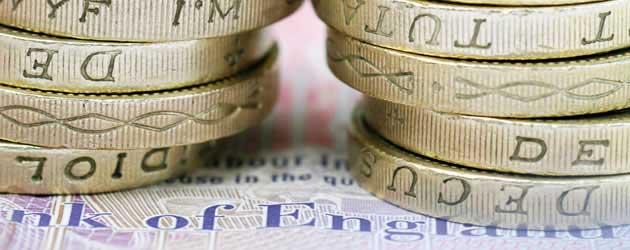
The Pound to US Dollar exchange rate (GBP/USD) held relatively flat yesterday.
Sterling rose temporarily during the morning when it was reported that British service sector output rose to an 8-month high. However, investors took Sterling down from its perch almost instantly in a sign that the Pound’s bullish run could be over.
Thanks to a growing backlog of work, employment gains continued last month in Britain’s dominant service sector. Wage growth remained subdued but surging new orders from at home and abroad should drive labour costs higher over the coming months.
The headline services PMI reading printed at 59.1, considerably higher than the median market forecast of 58.0. It was the highest reading since November of last year.
Combined with the UK sturdy construction print of 62.4 and the less impressive manufacturing activity score of 55.4 the glittering service sector print means that British private sector growth increased at its fastest rate for three months during July.
The upbeat PMI report bolstered demand for the Pound as traders upped their bets that the Bank of England will elect to increase the benchmark interest rate before the end of the year.
GBP/EUR grew by around half a cent, as did GBP/CAD and GBP/AUD, whilst GBP/NZD registered a whopping 1.2 cent appreciation.
The gains that Sterling racked up across the board merely act to accentuate the lacklustre reaction in GBP/USD. With traders unwilling to send Sterling above 1.69 following the potent tertiary output numbers it seems that the Pound to US Dollar exchange rate could be on course for further declines over the coming weeks and months.
Indeed, US data shows little sign of letting up. The ISM non-manufacturing indicator, considered the premier barometer of American service sector activity, was reported to have soared to an 8.5-year high of 58.7 during July yesterday.
The overachieving print comprehensively surpassed economists’ predictions for a score of just 56.3. New orders struck a near-nine-year high and job creation hit its highest peak for six months in a glowing report, which was seen to bode well for future growth in the world’s largest economy.
With CPI inflation currently above target at 2.1%, jobs growth beating the 200,000 mark for six months in a row and private sector output soaring it is looking increasingly likely that the Federal Reserve could look to start raising interest rates fairly swiftly after it winds down its quantitative easing programme in October.
Charles Plosser was the only Fed policy-maker to vote for a rate hike last time out, but as US economic data improves it is entirely likely that other central bank officials will follow suit.
Under this scenario the Pound to US Dollar exchange rate (GBP/USD) would be expected to depreciate.

Comments are closed.